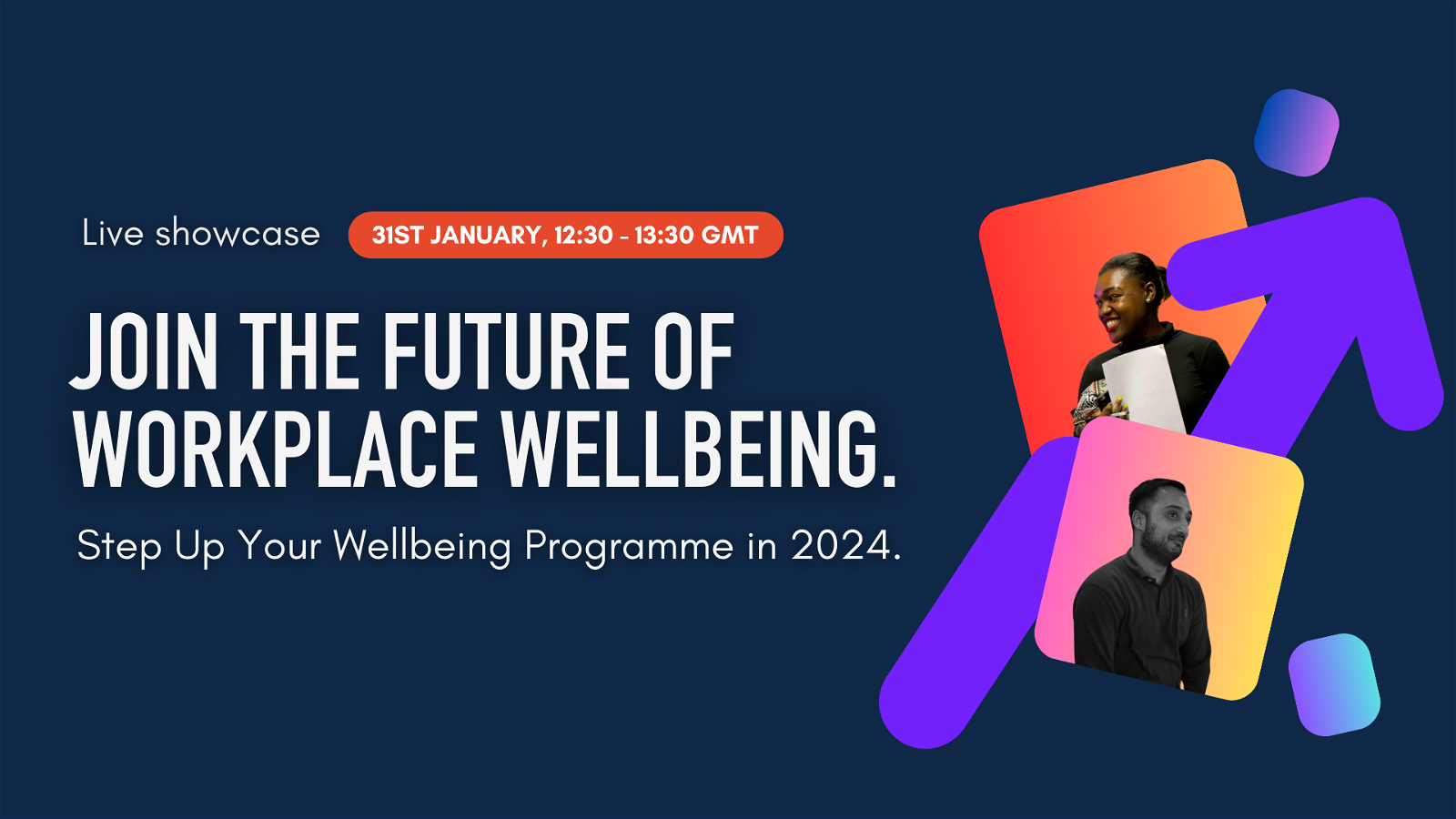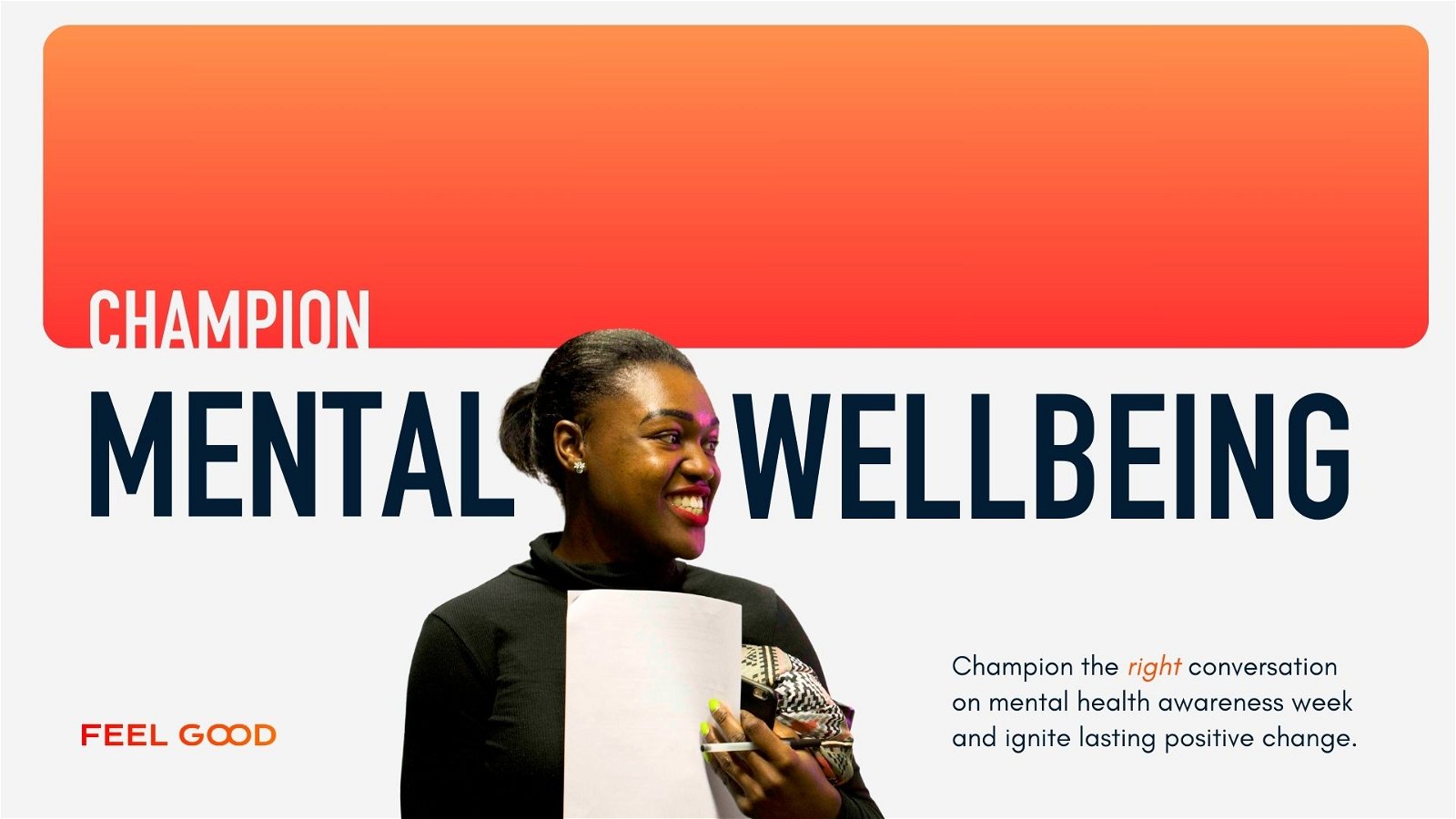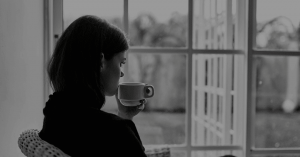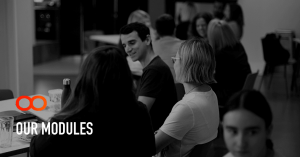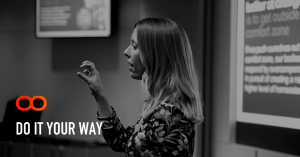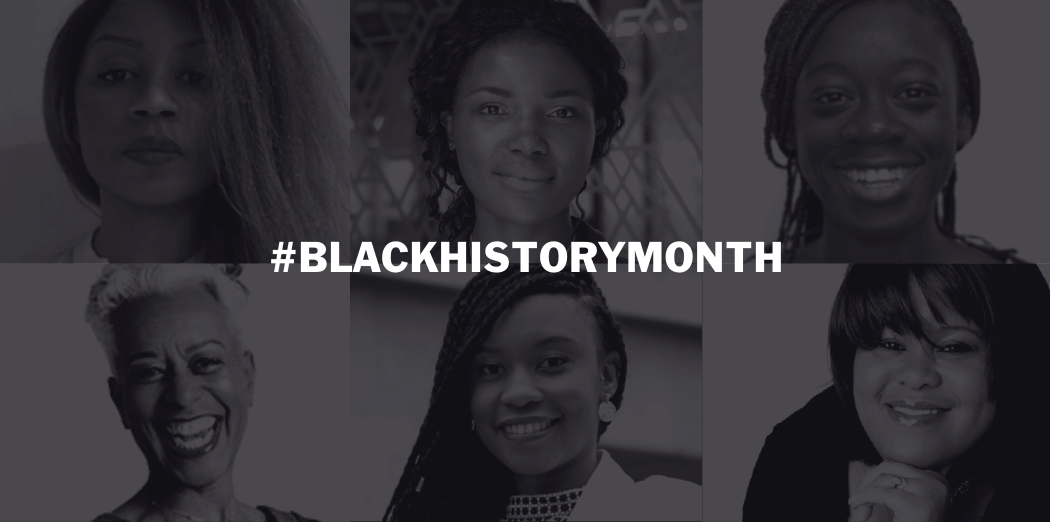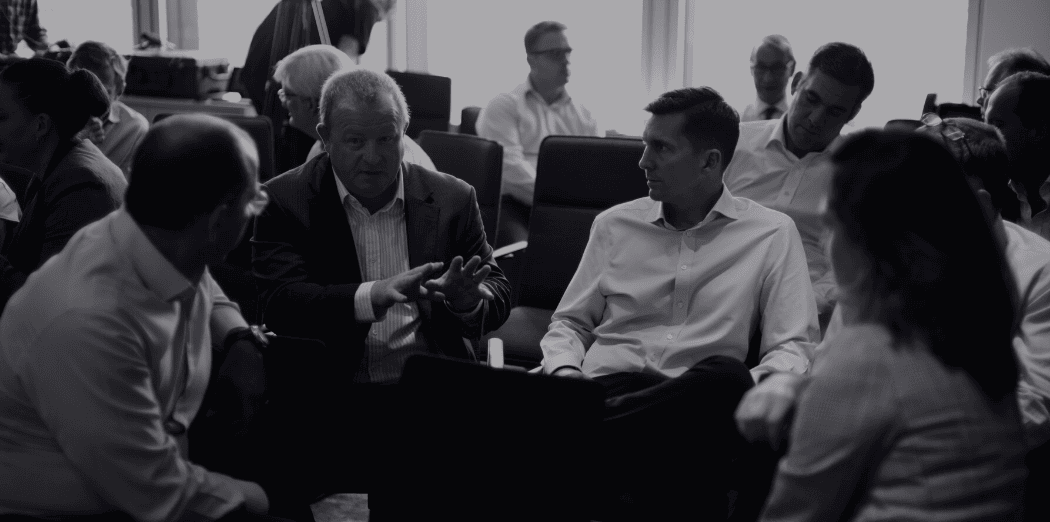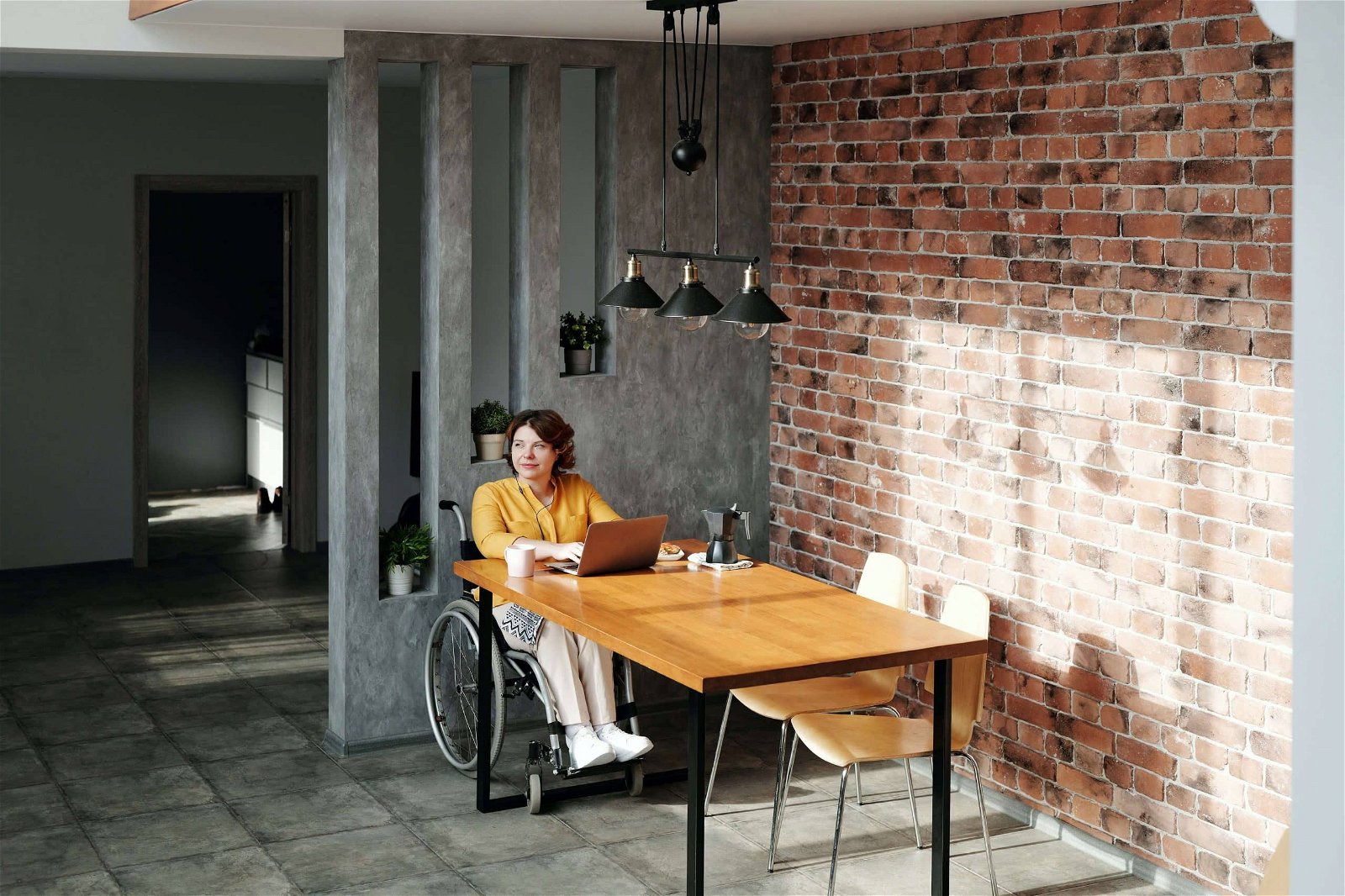Posted on: October 28, 2021
Does Hybrid Working Stifle Innovation?
A challenge at the forefront of every organisation currently is: how can we support our people and make them feel secure and excited about returning to the offi...
By Ella Verrells
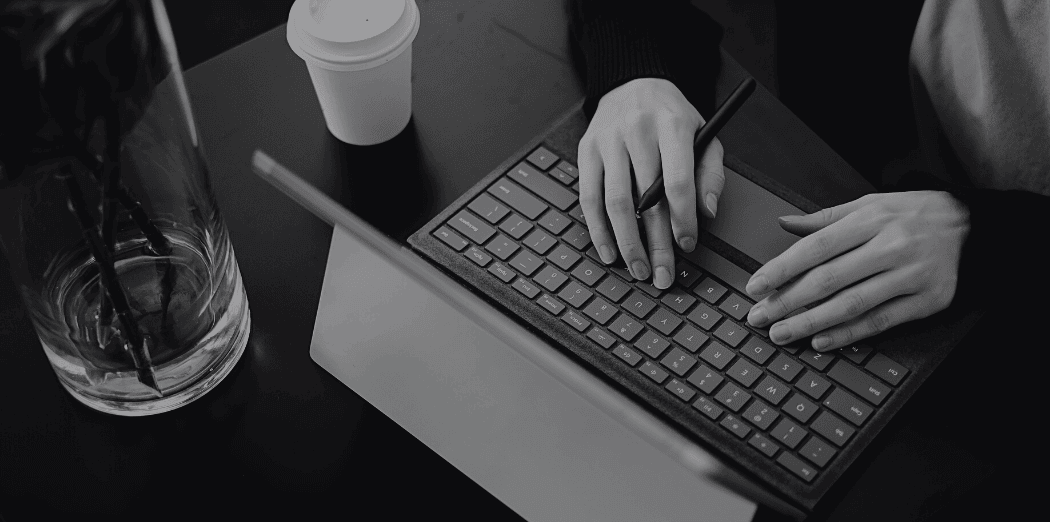
A challenge at the forefront of every organisation currently is: how can we support our people and make them feel secure and excited about returning to the office? Is a full return even the best way to ensure maximum productivity and creativity? Does hybrid working stifle the innovation of our employees?
A recent study published in Nature Human Behaviour investigated productivity and creativity changes following the work from home mandate on 61,000 Microsoft employees (Yang et al., 2021). Dubbed ‘the hybrid work paradox’ by Microsoft CEO Satya Nadella, the study concludes that while working from home increases productivity in the short term for day to day tasks, it can reduce innovation-breeding collaboration.
Participants found it harder to convey complex information using less rich forms of communication than they would get in-office, surrounded by peers in an environment designed to fuel connection. Less communication and brainstorming, Nadella suggests, leads to heavily reduced creativity. How can we expect people to come up with new ideas without the ability to see people face-to-face, look people in the eye, and talk through our thoughts in real-time, he asks?
Return Anxiety
For this reason and various others (on an organisational level, for example, reduced real estate and energy costs), most companies expect at least a partial return to the office for all staff (and in some cases, a complete return, five days a week).
However, going back to working in-house is something that many have no desire to do or are feeling anxious about. A 2021 McKinsey survey showed that 52% of office workers prefer a more flexible hybrid working model post-pandemic, combining home working with some time at the office. An additional 11% would like to work remotely full-time. One in three employees would consider seeking such flexibility in another employer if needed.
Transitions naturally spike our anxiety, and the uncertainty about what to expect after spending nearly two years setting our own schedules (to a degree), wearing what we want (to a degree) and having the occasional work-from-bed-day can make us feel a sense of unease. From what we hear from our clients, people note fear of a perceived loss of time, money loss, or newfound flexibility while working from home.
Obvious Covid-related concerns are prevalent, of course – will there be social distancing measures? Will I need to provide proof of vaccination? What if people come too close to me? While vaccination programmes advance, new variants of SARS-2 continue to emerge and pose an unpredictable threat to employees, their loved ones and society at large. Even with restrictions eased, many might still feel uncomfortable breaking habits from the past year, not wearing masks or not social distancing.
Other Sources of Anxiety
However, most of the anxieties people are feeling aren’t to do with the virus at all, and are more about returning to ‘normal’ life when working from home has brought so many of us freedoms.
As any Londoner will know, the commute can be a nightmare and can be a source of stress that adds hours onto each end of our working day – leaving less time for us to do things we actually want to do.
After over a year with minimal social interaction, for some, re-adapting to physical socialising might take more time than we expect and will require collective understanding and empathy. Additionally, parents who have previously found themselves unable to work standard office hours because of taking their children to school, have been able to do both with remote work.
People may feel like they have more time to give to families, friends, hobbies and self-care, though studies are showing issues with work/life boundaries are on the rise (Ramadhan, 2021; Putri & Amran, 2021).
Not separated in physical space, work invades employees’ private spheres. It becomes easier to check your emails late into the evening and work past standard office hours, which can lead to always being ‘on’.
Since the pandemic began, average working time for employees working from home increased by over two hours compared to pre-pandemic levels (9 to 11 hours in the UK), making working weeks longer by almost 25% (Feel Good Report, 2021).
Detachment from work is essential for replenishing cognitive resources, particularly depleted by meeting growing demands – and might, in fact, be easier to achieve by leaving the office than by remaining in the same environment.
Employees hope to see organisations prioritise employee work-life balance (51%), flexibility (49%), well-being (47%) and compensation (49%), regardless of the model adopted (Feel Good Report, 2021).
How should organisations approach this?
The way your organisation chooses to adopt this will be unique, and you need a bespoke approach to supporting your people with this transition. A challenge is that individual differences exist, and opposing views can create tensions between us. Differences in needs, the way people perceive risk, generational and demographic differences all seem to be exacerbated by self-confirming information available via the internet and can easily create conflict.
The key for organisations is to ensure team harmony, trust and chemistry, despite different attitudes, needs and emotions. At Feel Good, we want to support your people with navigating the, sometimes complicated, return to the office.
Being tolerant of other people’s views and learning to manage anxieties brought on by external stressors are integral parts of your toolkit. That’s why we created our Return Anxiety series – an expert-led interactive journey compiled of 60-minute workshops, panel discussions and experiential solutions, all designed by psychologists and individually catered to your organisations.
Take a peek at the modules:
- Redesign Your Life: Apply human-centred design thinking to allow you to ideate the ways you can have a meaningful, purpose-driven life
- Moving Forward Together: Explore how we can move forward together and navigate a return to the office in a way that ensures inclusion, respect and dignity.
- Say No to Burnout: We will provide you with the tools to deal with perfectionism, tackle negative thought processes associated with returning to the office, and shake off your need to be faultless.
- Courageous Conversations: Explore what prevents us from opening up, how different people react to sensitive topics, but also practical tips and strategies to help you resolve conflict.
- Track Your Time: Learn how our time perception has changed in the last year and how you can psychologically stretch your time. Discover tools to help you better manage priorities to maximise efficiency in your work.
- An Abundant Mindset: By shifting our focus to collaboration, we can promote an abundant mindset and a culture of giving.
These workshops provide your employees and leaders with the knowledge and confidence they need to empower them to feel comfortable navigating hybrid working. There’s no harm in also injecting some fun – our experiential solutions make the office the place to be. Consider running in-office activities such as yoga classes, smoothie clinics and massages to encourage unity and promote socialisation.
Do it your way
The beauty of the hybrid working model is that there are no set rules. There is no one-size-fits-all approach, and this fluidity allows employees to utilise knowledge from studies like this to allocate task-dependent work locations. Additionally, new remote communication tools are constantly being created, allowing people to connect and conceive new ideas with colleagues from the comfort of their homes. To echo Jared Sparato at Microsoft, “solving the hybrid paradox means letting go of the deeply instilled urge to equate work space and workplace.”
Teaching your people how to be open-minded of other’s views, manage their time and implement work/life boundaries, as well as empowering your leaders with conflict resolution strategies and teaching them how to have difficult conversations will ensure the transition to the office is as smooth as possible while maintaining the connected culture needed for innovation and creation.
Let’s talk about you
[calendly url=”https://calendly.com/laura-feel-good/30min” type=”1″]
PSYCHOLOGY-POWERED SOLUTIONS THAT DRIVE IMPACT
Feel Good evolves how your people think, feel and perform with strategic thinking and engaging learning solutions powered by the latest organisational & behavioural science.





